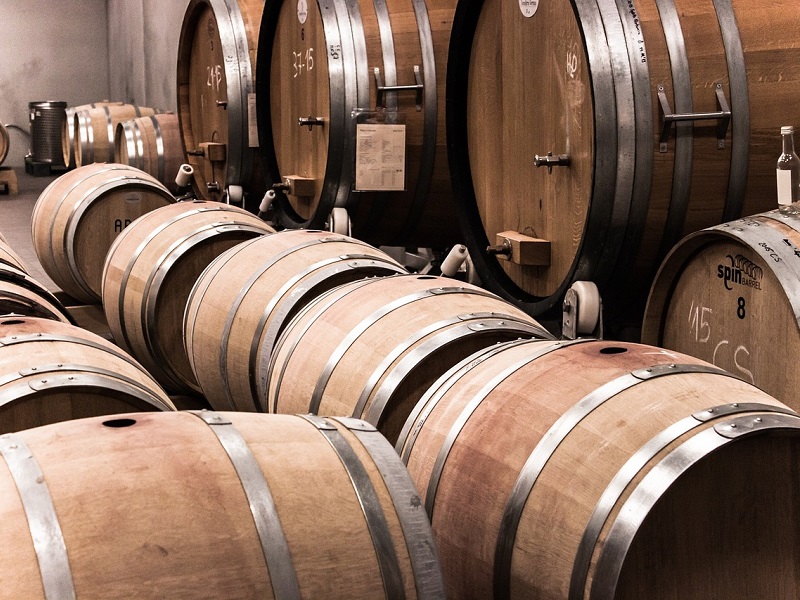Led by younger consumers, though overall participation in wine category up, the number of US consumers drinking wine at least once a month has declined by 11 million, according to the Wine Intelligence US Landscapes 2020 report.
In the report, the research agency estimates a monthly (or ‘regular’) wine drinking population of 77 million in 2019, or approximately 1 in 3 American adults, down from an estimated 88 million in 2015.
Key to the loss of regular participants in the wine category is the millennial cohort, aged between 21 and 34. This group accounted for approximately 29 million monthly wine drinkers in 2015, and fell to around 21.5 million in 2019 according to Wine Intelligence estimates.

On a more encouraging note for the industry, the total wine drinking population in the United States reached a record high of 118 million in 2019. This is an increase of 8 million people drinking wine at least once a year compared with 2015.
The wine drinking population estimates are based on repeat cross-sectional calibration surveys carried out with a nationally representative sample of US adults aged over 21, which Wine Intelligence has been conducting annually in the US since 2010, using a consistent research methodology.
A trend towards decreased frequency of wine consumption has been evident within the regular wine drinking population for some time.
For instance, a significantly smaller proportion of consumers are drinking wine at least twice per week compared with 2015.
Until now, the population of those drinking monthly or more often has remained stable, though with increasing numbers of consumers consuming wine less than once a week.
The 2019 estimate shows that significant numbers of US consumers have shifted their relationship with wine to a more infrequent beverage.
In other words, although more people in the US are drinking wine overall, they are doing so less frequently than in the past.
Analysis of the data suggests that the decreased consumption trend is driven by younger consumers, along with the global trends of moderation and category switching.
The tracking data shows that the 21-34 year old cohort has fallen as a proportion of the regular wine drinking population from 33% in 2015 to 28% in 2019.
At the same time, Millennials in that same age bracket, remaining as regular wine drinkers, are far more likely to say they are actively moderating their alcohol consumption in general.
Another driver of the decline in regular wine drinkers is the recent growth of hard seltzer, which is much more likely to be part of younger consumer drinks portfolios, according to the report.
However, despite being less frequent wine drinkers, data shows that younger consumers who remain in the regular wine drinking population are more highly involved, adventurous and higher spending wine drinkers than more mature consumers.
Some 28% of regular wine drinkers aged 21-34 have a high involvement in the category, compared to only 17% of those aged 55 or over.
Younger people also spend significantly more than older consumers across the majority of both on and off-premise occasions.
Commenting on the findings, Lulie Halstead, CEO of Wine Intelligence said, “The US wine consumer has fuelled an unprecedented growth story for wine in the 21st century”.
“The data we are seeing now suggests that this picture is starting to change for the next generation of wine drinkers,” she continued.
“Success in the US wine market in the coming decade will be measured by how well wine adapts to the new reality of growing health consciousness and a more proliferated beverage choice.”





















